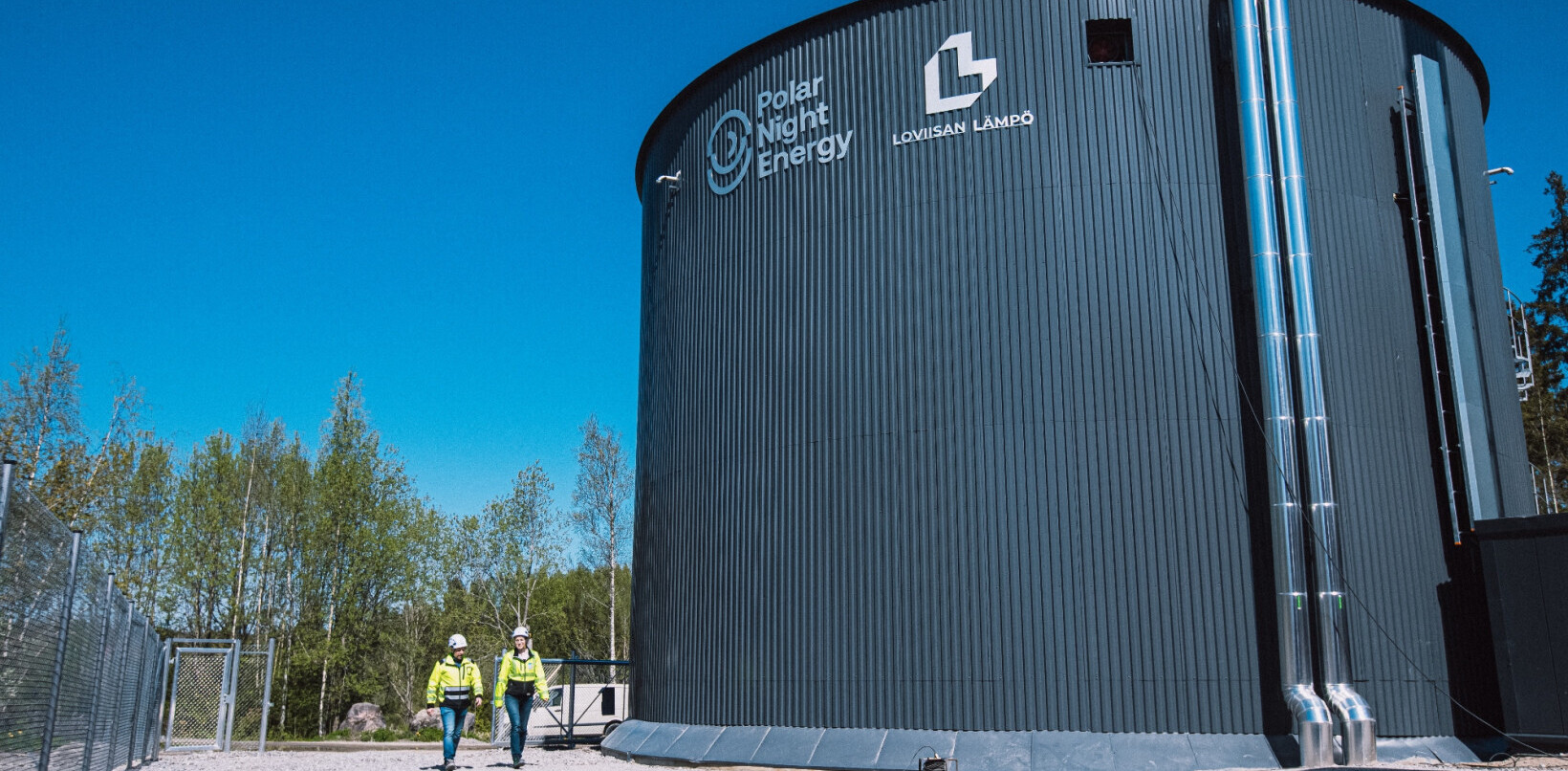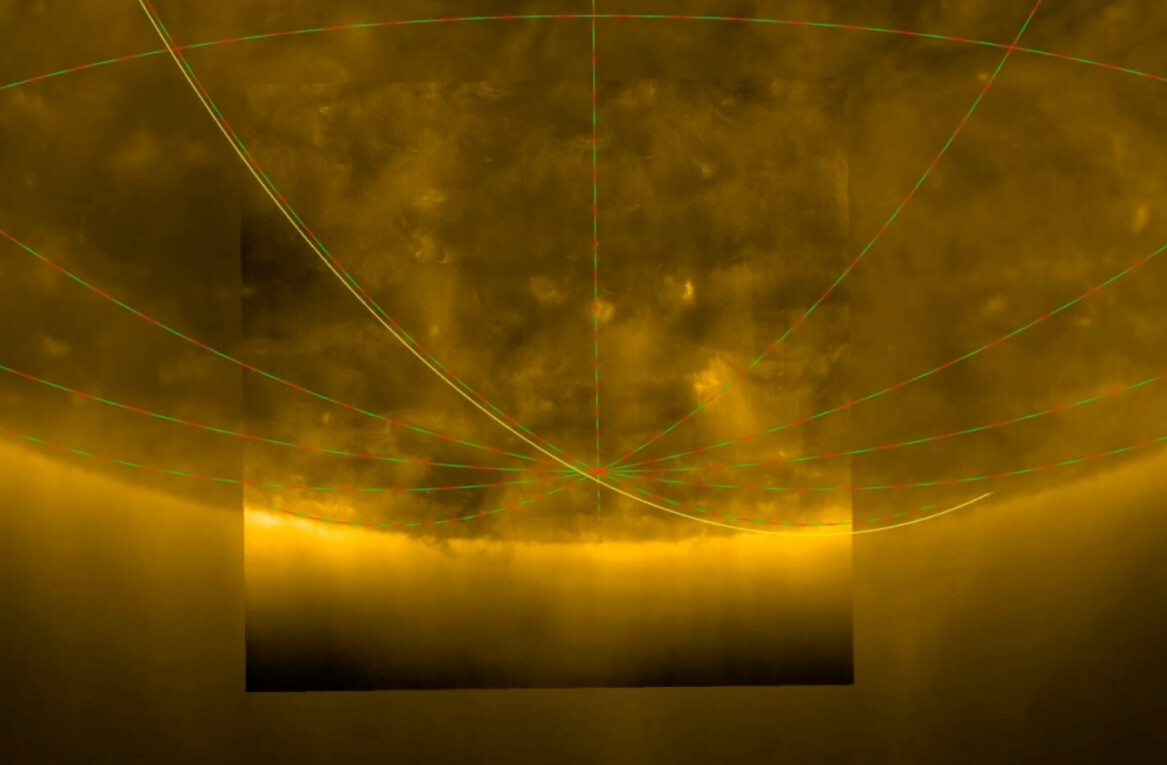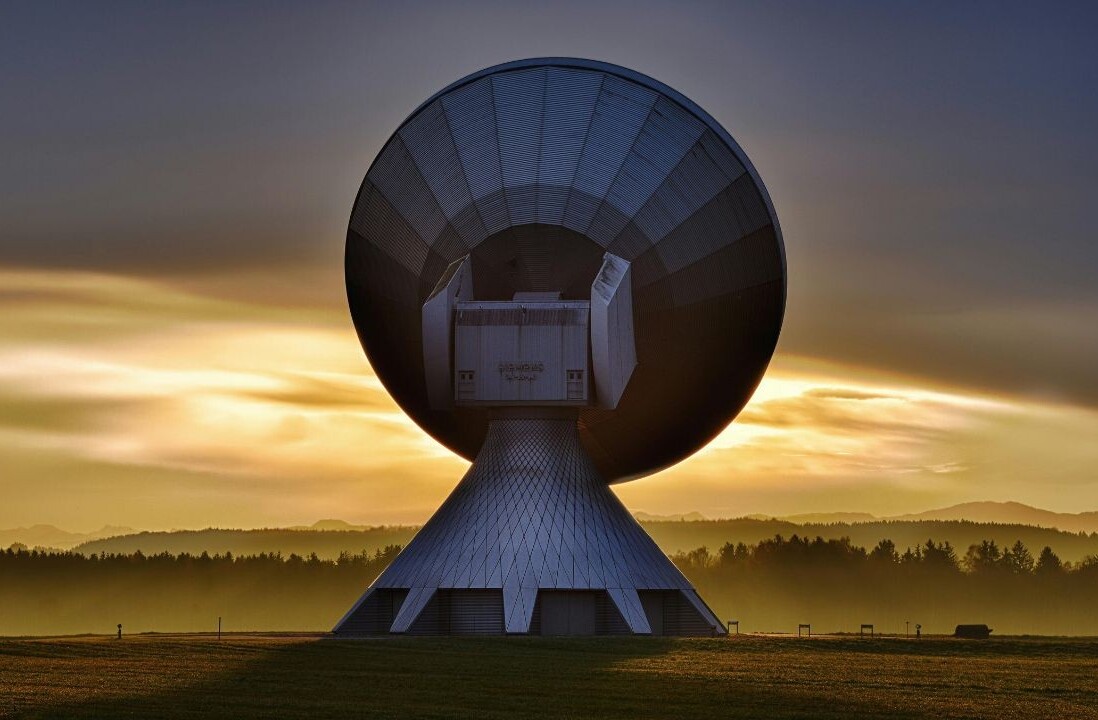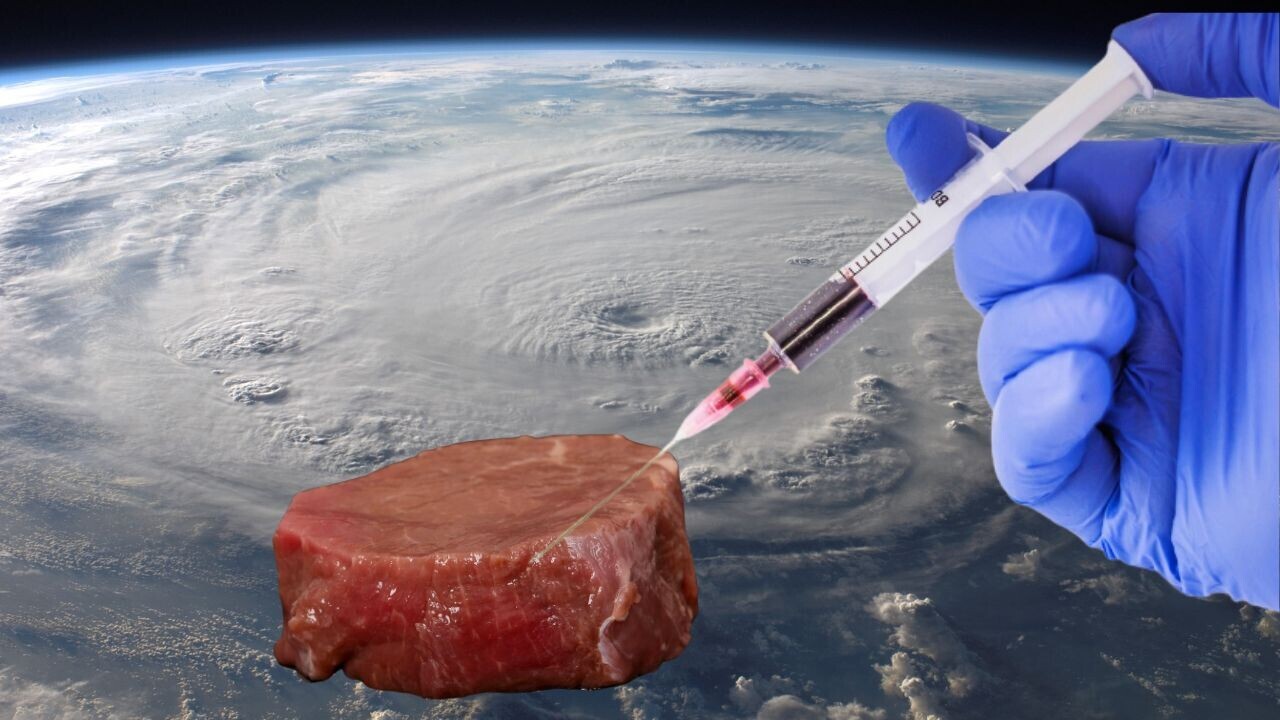
Development of cultivated meat, i.e. actual animal meat that’s grown in bioreactors from stem cells, has been gaining traction in recent years. That’s because it can provide a more sustainable and ethical alternative that doesn’t only mitigate animal slaughter, but also uses far less natural resources than traditional livestock farming. Notably, it also shows potential to sustain life in space.
Over the past year, the European Space Agency (ESA) has been exploring whether cultivated meat can be a viable food option in space, used as a protein source that can be produced in situ.
“The focus is to provide astronauts with nutritious food during long-term missions far from Earth, overcoming the typical two-year shelf-life of traditional packaged supplies,” explained ESA engineer Paolo Corradi. “Given the limited resources in space, growing fresh food in situ would be necessary to increase the resilience and self-sufficiency of a mission, and could also provide psychological support to the crew.”
To test the meat production alternative, ESA funded two independent research projects — one run by Germany’s space biotech startup Yuri and Reutlingen University; and the other conducted by a trio of UK companies, Kayser Space, Cellular Agriculture, and Campden BRI.
The two teams compared the nutritional value of cultivated meat to current protein sources studied in space, including plants and algae. They suggested different meat production methods and bioreactor technologies.
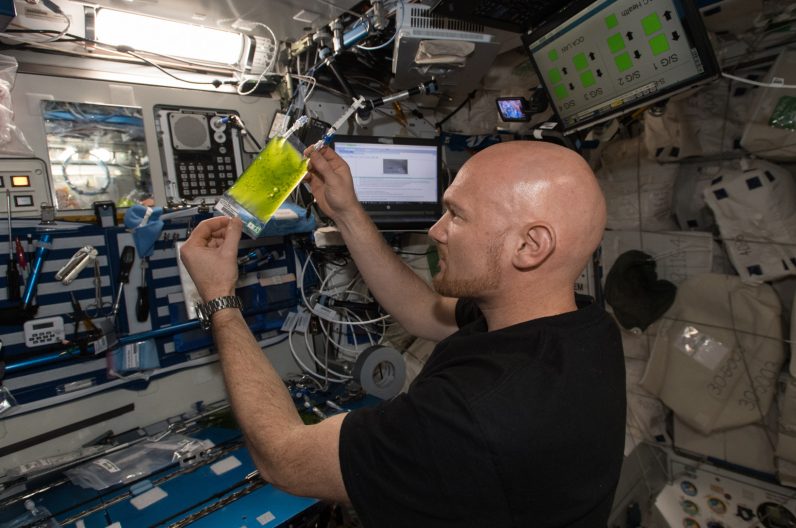
Their results, published on Monday, show that the technology is promising, even though it still requires significant research and work before space cultivated meat can reach astronauts’ palates.
To support this, ESA has proposed a roadmap outlining necessary technologies and knowledge gaps, such as understanding how cells adapt to altered gravity and radiation. It will also begin experiments at its facilities.
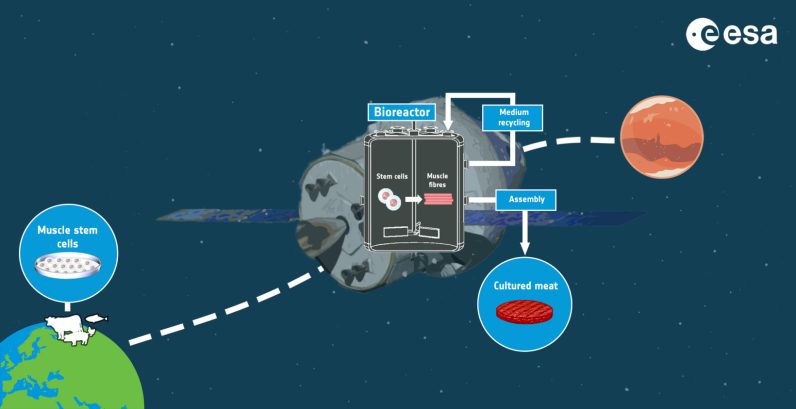
The space agency hopes that further development of cultivated meat will speed up its adoption on Earth as well. “The feeling is that we are at the beginning of a process that could transform the industry, making the conventional meat production model obsolete,” said Corradi.
“Developed countries have the historical opportunity to move away from farming and killing animals, being a very inefficient process to produce food, unsustainable for the planet, dangerous for our health, and raising more and more ethical concerns among the population,” he added.
To put this into perspective, research firm CE Delft estimates that cultivated meat could cause 92% less global warming and 93% less air pollution — while using 95% less land and 78% less water.
Europe already houses a significant number of startups working on the tech, including Meatable, 3D Bio-Tissues, and Uncommon. The Netherlands is the first (and only for now) country in the region to have approved lab-grown meat tastings, following the example of Singapore and the US.
Get the TNW newsletter
Get the most important tech news in your inbox each week.
